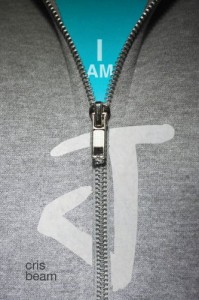 You might guess why I Am J by Cris Beam caught my eye. I am J! How much more awesome was it when I learned it was about a transgender teen? Though I have to tell him, J is not a good artist name. Bad Googlefu. I even wimped out on my name badge at work and wrote it Jae. People can handle two initials. AJ, PJ, etc. But one letter just doesn’t work so well.
You might guess why I Am J by Cris Beam caught my eye. I am J! How much more awesome was it when I learned it was about a transgender teen? Though I have to tell him, J is not a good artist name. Bad Googlefu. I even wimped out on my name badge at work and wrote it Jae. People can handle two initials. AJ, PJ, etc. But one letter just doesn’t work so well.
Case in point, while reading it was easy to mistake J for I. Just like 3-letter names that look a little too much like You aren’t good either.
This book starts off using the male pronoun for J, even though at the beginning, he hasn’t yet articulated to himself that he’s transgender. He just knows that, even though he has a crush on his female best friend, he’s not a lesbian. I sort of liked that. Sometimes books like this just start out with the teen knowing who they are and only having to go through the process of convincing everyone else. In this one, he was still wrestling the idea of his own identity.
All is not sweetness and light in the land of J either. Full of angst! He runs away, then comes back. Then runs away with more planning, and gets hooked up with a teen shelter and an LGBT high school. Then gets dragged back home. He tells his mother, who then basically (but nicely, if manipulatively and sneakily) kicks him out.
In contrast to Parrotfish and Luna, this gets quite heavily into the nitty gritty. For instance, just as I was wondering what happens if you start taking testosterone and then stop, the book tells me. I wouldn’t say it’s exactly a how-to manual, but it does answer many questions you might have about the whole thing.
I did find a couple of things difficult to believe. He reads up on testosterone on the Internet, and then something like a day later, he’s thinking of it as T. Isn’t that something you’d pick up after being part of a community? And why didn’t he reach out on forums and things to other transmen? He just decides one day to go to the clinic and try to get some ‘T’. Like.. didn’t anything he read online tell him you can’t just do that? I think even Oprah (aww, she just had her last show) knows you need a brain doctor to approve that sort of thing.
And then to just be able to waltz into an LGBT high school! Jeez, must be nice to live in a big city where they have high schools for everything! That’s almost like living in a fairy tale. It’s hard for me to believe those even exist. When my choice of high school was the public school or the Catholic school in the next town. Is there even an LGBT college? Hrrm.
Speaking of colleges, his mother is all ‘Apply to college. Here’s some applications I got for you.’ And then he carries those things around for awhile, and I’m like.. what? What year is this? Paper! Paper applications?! Snail mail?! I mean, I suppose some of them might still exist, but not the big schools.. not most schools?
All in all, I’m glad this book exists. There definitely needs to be more like it. When the only two I can think of are also the only two listed in the additional reading at the back of the book, well… Still, I did enjoy Parrotfish much more. So if you only want to read one, read that one.
I Am J is another voice in a very small crowd, and I’m glad it exists. Plus, still gotta love that title.
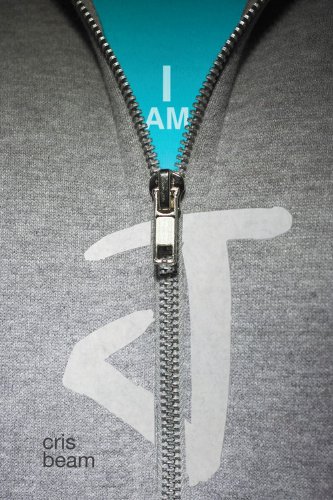

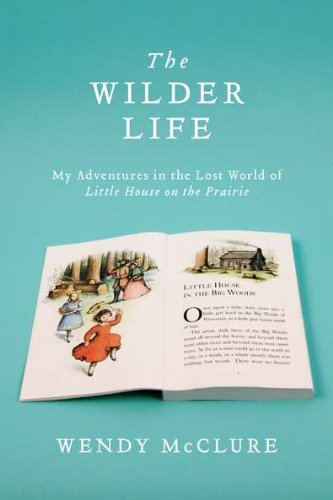
 The Plot
The Plot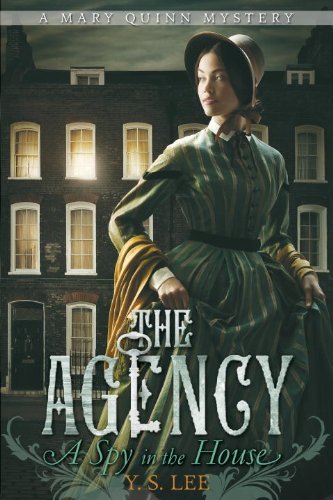
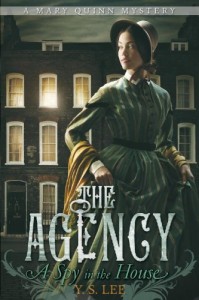
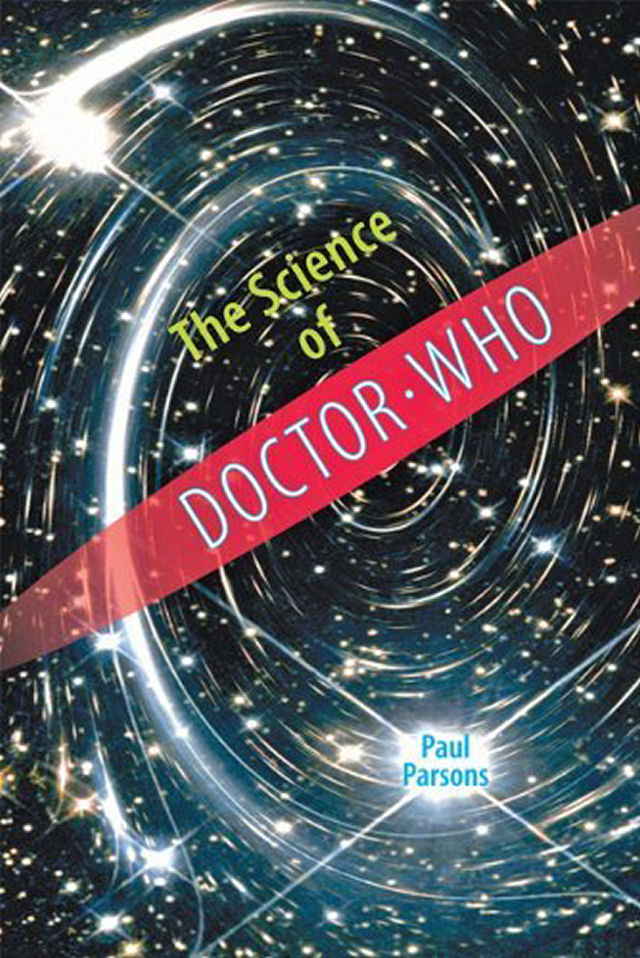

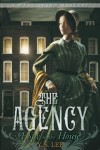 The Plot
The Plot